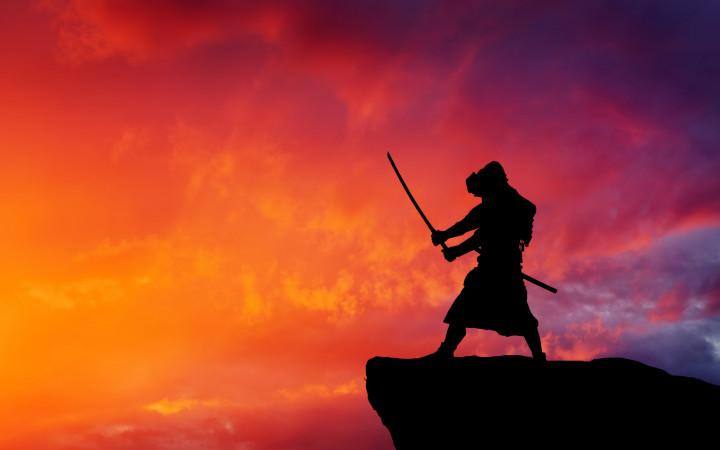Today’s Wonder of the Day was inspired by Alexis. Alexis Wonders, “How does Japanese culture work?” Thanks for WONDERing with us, Alexis!
Imagine you take a trip to Japan. You eat fresh sushi and walk under the cherry blossom trees. What will you do next? Visit the beach for a swim? Head into Tokyo for the city experience?
If you do visit Tokyo, be sure to go by the Imperial Palace. There, you can use a bridge to cross the moat and see the castle’s beautiful gardens. The inner palace is off limits, but just outside, you’ll see a statue of a fierce warrior. The warrior is Kusunoki Masashige, an ancient samurai.
You may have heard the word “samurai” before. It means “attendant,” but it’s also the name of a group of Japanese warriors. The samurai have been around since the 10th Century. They started as guards who protected Japan from invasion. Lords in the government hired samurai which served as private armies to protect their land.
Would you like your own army? They could protect your home and fight your enemies. But what if the army turned against you? In the 12th Century, the samurai took over the government. Then, they ruled Japan for several hundred years.
Many view the samurai as symbols of honor. In reality, they were powerful warriors. Bravery was their most important trait. In battle, samurai rode into the thick of the fighting. They shouted out their past deeds to strike fear in their enemies.
For weapons, samurai carried bows and arrows. They also carried two swords—one long and curved and another shorter for closer fighting. In 1558, a law was passed that said only samurai could carry two swords. This became a sign of status for the warriors.
When most people imagine samurai, they picture male warriors. After all, weren’t all ancient warriors men? Not quite! There was a class of women who trained as samurai. They were called onna-bugeisha. The first of these women was Empress Jingu. She led a battle in Japan’s invasion of Korea. In 1881, she became the first woman on Japanese money.
Onna-bugeisha protected Japan alongside the samurai. They used a sword called the “ko-naginata.” They also carried a dagger at all times. One famous onna-bugeisha, Tomoe Gozen, once led 300 samurai to fight 2000 warriors. She was one of the five survivors. Many called her the first true general of Japan.
Would you like to be a samurai or an onna-bugeisha? Unfortunately, these warriors don’t exist today. The samurai government ended in 1868. Afterward, the warriors became teachers and advisors. They started to practice “bushido,” an honor code. According to bushido, samurai valued justice, courage, and loyalty. The code also requires the warriors to be honest and merciful to others.
People today can’t become samurai, but we can learn more about the samurai way of life. You could even live by the bushido! The samurai may be no more, but many people still live by their values of justice and bravery.
Standards: C3.D2.His.2, CCRA.R.1, CCRA.R.2, CCRA.R.10, CCRA.W.2, CCRA.W.3, CCRA.W.8, CCRA.W.9, CCRA.L.1, CCRA.L.2, CCRA.L.3, CCRA.L.6, CCRA.SL.1, CCRA.SL.2




